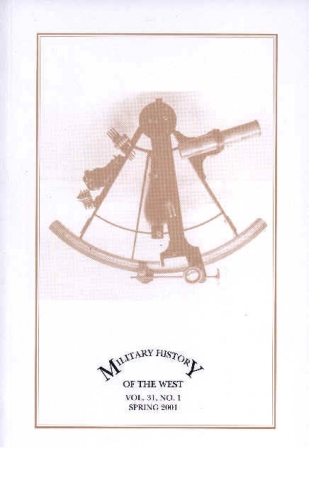Vol. 31, No. 1, Spring 2001
- Vol. 19, No. 1, 1989
- Vol. 21 (Fall 1991), No. 2
- Vol. 21 (Spring 1991), No. 1
- Vol. 22 (Fall 1992) No. 2
- Vol. 22 (Spring 1992), No. 1
- Vol. 23 (Fall 1993), No. 2
- Vol. 23 (Spring 1993), No. 1
- Vol. 24, No. 1, Fall 1994
- Vol. 24, No. 2, Fall 1994
- Vol. 29, No. 1, Spring 1999
- Vol. 29, No. 2, Fall 1999
- Vol. 30, No. 1, Spring 2000
- Vol. 30, No. 2, Fall 2000
- Vol. 31, No. 1, Spring 2001
- Vol. 31, No. 2, Fall 2001
- Vol. 32, No. 1, Spring 2002
- Vol. 32, No. 2, Fall 2002
- Vol. 33, 2003
- Vol. 34, 2004
- Vol. 35, 2005
- Vol. 36, 2006
- Vol. 37, 2007
- Vol. 38, 2008
- Vol. 39, 2009
- Vol. 40, 2010
- Volume 19, No. 2, Fall 1989
- Volume 20 (Fall 1990), No. 2
- Volume 20 (Spring 1990), No. 1
- Volume 25, No. 1, Spring 1995
- Volume 25, No. 2, Fall 1995
- Volume 26, No. 1, Spring 1996
- Volume 26, No. 2, Fall 1996
- Volume 27, No. 1, Spring 1997
- Volume 27, No. 2, Fall 1997
- Volume 28, No. 1, Spring 1998
- Volume 28, No. 2, Fall 1998
- Indices

MILITARY HISTORY OF THE SOUTHWEST - TOC -2001
Vol. 31, No. 1, Spring 2001
Table of Contents
"Finding the Way and Fixing the Boundary: The Science and Art of
Western Map Making," by Rollie Schafer
Abstract: The accounts of U.S. Army topographers clearly illustrate the techniques and technology used in the field to determine longitude and latitude precisely, the foundation of accurate map making. Because William H. Emory's detailed observational notes, including raw data, were published as appendices to his narratives, we can assess his topographical accomplishments quantitatively and compare them to those of his contemporaries and to modern standards. This paper describes the technology and methods used by the U.S. Corps of Topographical Engineers during the Mexican War period and the challenges the engineers faced in making accurate scientific measurements in the field.
Key Words: U.S. Corps of Topographical Engineers; William H. Emory; John C. Fremont; mapmaking
"'They Die Like Dogs': Disease Mortality Among U.S. Forces during the U.S.-Mexican War," by Ann R. Gabbert
Abstract: During the U.S.-Mexican War, high disease mortality resulted from factors in addition to the state of medical knowledge. In many regiments, established rules for military hygiene were disregarded due to disdain for formal training and professionalism, a characteristic of Jacksonian-era egalitarianism.
Key Words: U.S.-Mexican War; military medicine; disease; Jacksonian era; citizen soldier
"Lewis and Clark: Military Explorers, Scientists, and Physicians," by Volney Steele
Abstract: The Lewis and Clark expedition was successful in part because of the medical expertise of the two leaders. Limited to the medical intelligence of their time, they performed as well as any physician of the era and dealt successfully with a variety of ailments and injuries.
Key Words: Lewis and Clark; medical treatment; health; disease